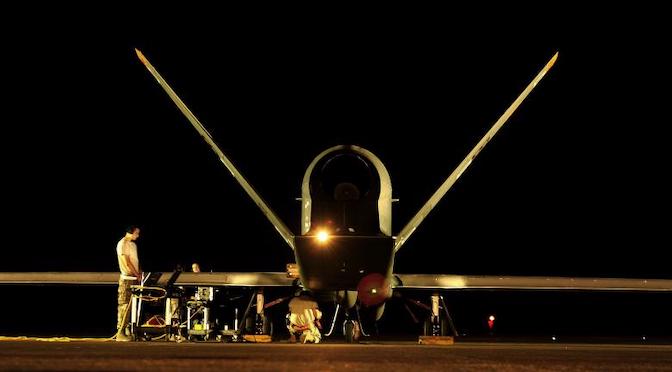A central tool in the United States’ counterterrorism strategy over the past two decades has been the use of remotely piloted aircraft, more commonly known as drones, to target members of Al Qaeda and other associated terrorist groups. These drone strikes have been largely concentrated in northwest Pakistan, Yemen, and Somalia, although the exact number of strikes is difficult to determine, partly because the US is not always transparent about when it conducts a strike.
The use of drones for targeted killing has initiated intense debate over whether such strikes are lawful or ethical, whether they are effective in combatting terrorism, and to what extent they harm civilians. In this article, the author reviews both quantitative and qualitative evidence of the effects of US drone strikes on both terrorists and civilians, coming to several conclusions.
Mitt Regan ultimately finds that strikes against Al Qaeda leaders have neither caused the group to decline nor reduced the number of attacks it conducts worldwide. Furthermore, the evidence suggests that, while strikes reduced the number of terrorist attacks in areas where they occurred for up to four weeks, this effect does not last longer unless additional, ongoing strikes are carried out.
Regarding civilians, the evidence shows that the US has struggled to meet its own standard of near certainty of no civilian casualties, and generally drone strikes cause resentment towards the US in areas where they occur, although it does not support the claim that such resentment results in increased numbers of recruits to terrorist groups.

